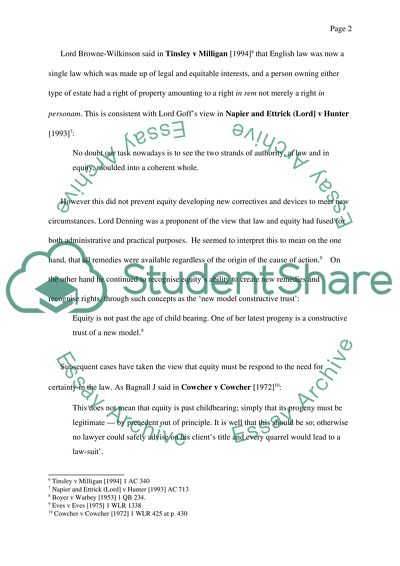Cite this document
(“Equity and Trust Law Essay Example | Topics and Well Written Essays - 1000 words”, n.d.)
Equity and Trust Law Essay Example | Topics and Well Written Essays - 1000 words. Retrieved from https://studentshare.org/law/1507447-equity-and-trust-law-essay
Equity and Trust Law Essay Example | Topics and Well Written Essays - 1000 words. Retrieved from https://studentshare.org/law/1507447-equity-and-trust-law-essay
(Equity and Trust Law Essay Example | Topics and Well Written Essays - 1000 Words)
Equity and Trust Law Essay Example | Topics and Well Written Essays - 1000 Words. https://studentshare.org/law/1507447-equity-and-trust-law-essay.
Equity and Trust Law Essay Example | Topics and Well Written Essays - 1000 Words. https://studentshare.org/law/1507447-equity-and-trust-law-essay.
“Equity and Trust Law Essay Example | Topics and Well Written Essays - 1000 Words”, n.d. https://studentshare.org/law/1507447-equity-and-trust-law-essay.


